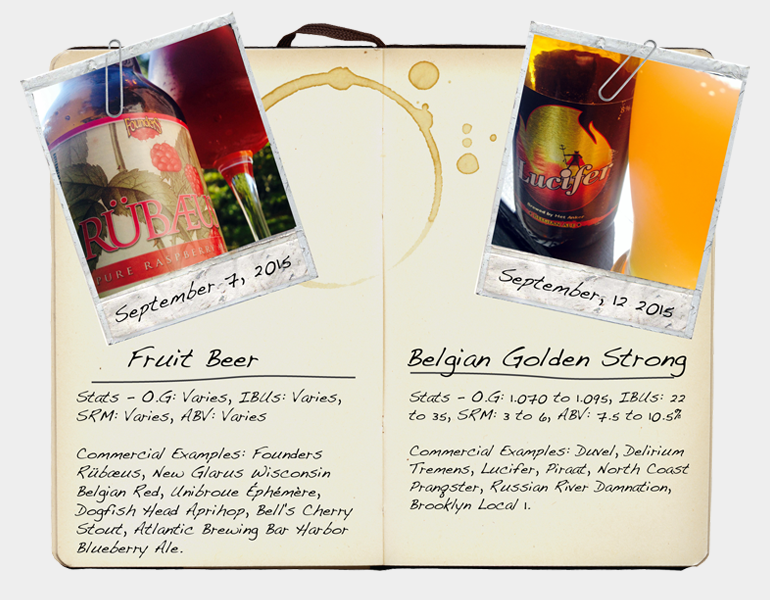Start 14-Day Trial Subscription
*No credit card required

Fruit Beer & Belgian Golden Strong Ale
BELGIAN GOLDEN STRONG ALE

Founded in 1871 by Jan-Leonard Moortgat on a farm in the Flemish town of Puurs, the fledgling Moortgat Brewery produced popular regional beers and delivered them to Brussels by horse and dray. The brewery later survived the turmoil of World War I, and Jan-Leonard's son and successor Albert decided to produce a U.K.-inspired pale ale to honor the triumphant British troops.
Albert Moortgat traveled to Scotland, where he procured a culture of ale yeast to create the new Victory Ale. But his Belgian brewing training and enthusiasm resulted in a golden ale much stronger in alcohol than the typical English ale. A local shoemaker in Puurs, after enjoying several glasses of the potent brew, stumbled out of this chair and declared, "This is the beer of the devil."
Soon afterward, Victory Ale was renamed Duvel – a Flemish word for devil. The beer founded the style known as Belgian Golden Strong Ale, and the immensely popular Duvel is now sold around the world, often introducing many people to the appeal and complexity of Belgian ales.
Pouring with the yellow/gold hue and spritzy effervescence of a pilsner, deceptive Belgian Golden Strong Ales often entrap unsuspecting drinkers by offering the illusion of a quaffable, sessionable blonde beer. In reality, substantial quantities of pilsner malt, along with generous additions of dextrose, candi sugar and/or other sugary adjuncts, provide enough foodstuff for highly attenuative, top-fermenting Belgian ale yeasts to create impressive alcohol levels without ending up with a heavy body and mouthfeel.
Intricate fruity and hoppy notes dominate the nose and palate of this style with intriguing spicy notes arising from warm fermentation. Expect esters reminiscent of pale fruits that include pear, citrus, kiwi, apple and honeydew. Low to moderate phenols similar to black pepper and dessert spices may be present in the aroma and dry finish, along with elegant, floral, spicy hop character – usually from Old World varieties such as Saaz and Styrian Goldings.
Despite the lofty alcohol content of Belgian Golden Strong Ales, aroma and flavor notes of fusels, solvents and hot alcohols should never be detected. The overall profile and light to medium mouthfeel should reflect delicate pilsner malt and offer a mild, slightly sweet character.
Always pour a Belgian Golden Strong Ale into an oversized tulip-shaped glass with enough force to fill the top half or third of the glass with a considerable, fluffy white layer of foam. Watch as the long-lasting head settles into a soft, creamy, lacy, cloud-like configuration that contributes delightful hop resins and bitterness to each sip. Since many brands are carbonated in the bottle by residual yeast, try to leave the last ounce of beer in the bottle to avoid pouring the sediment.
STATS
O.G.: 1.070 to 1.095
IBUs: 22 to 35
SRM: 3 to 6
ABV: 7.5 to 10.5%
Commercial Examples: Duvel, Delirium Tremens, Lucifer, Piraat, North Coast Pranqster, Russian River Damnation, Brooklyn Local 1



